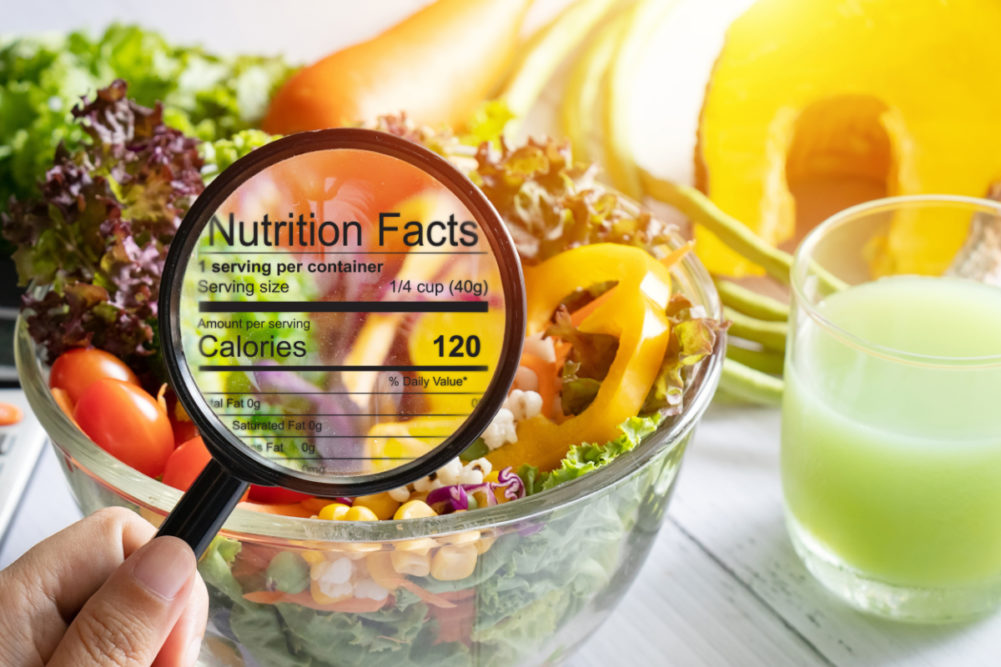KANSAS CITY - The COVID-19 pandemic has impacted many processes in the food industry, including food labeling. In September, the US Food and Drug Administration (FDA) announced the latest in a series of initiatives aimed at providing relief from certain regulations and deadlines to help food manufacturers keep up with consumers demand during the pandemic.
The FDA will provide additional flexibility to those who need to comply with updated Nutrition and Supplemental Facts label requirements set to go in effect on Jan. 1 for manufacturers with less than $10 million in annual food sales.
“Although the compliance date will remain in place, the FDA will not focus on enforcement actions during 2021 for these smaller food manufacturers,” the FDA said. “The FDA has heard from some manufacturers that more time may be needed to meet all of the requirements, especially during the COVID-19 pandemic.”
This decision comes after the FDA announced earlier this year that it would not be enforcing the same new regulations that went in effect for food manufacturers with more than $10 million in annual food sales on Jan. 1, 2020. The FDA is anticipated to begin enforcement of the new regulations for larger suppliers in 2021.
New requirements for the Nutrition and Supplemental Facts labels were initially published in 2016 and include a refreshed design of the nutritional label, update information and nutrition science and updates to serving sizes and labeling requirements for certain packaging sizes.
Refreshed nutritional label requirements
Under the new label guidelines, the iconic nutritional label will look relatively the same with updates that ensure consumers have access to the information they need to make informed decisions about the foods they eat, the FDA says.
Changes include increasing the type size for calories, servings per container and the serving size declarations, and bolding the number of calories and serving size declaration to highlight the information.
Labels also must declare the actual amount, in addition to percent daily value of vitamin D, calcium, iron and potassium. Manufacturers can voluntarily declare the gram amount for other vitamins and minerals.
The new guidelines will also better explain what percent daily value means. It must read, “The % daily value tells you how much a nutrient in a serving of food contributes to a daily diet. 2,000 calories a day is used for general nutrition advice.”
Updated nutrition science for food labels
The new label guidelines go off several updates from scientific reports released in 2015 for the 2015-2020 Dietary Guidelines for America. Daily values for nutrients like sodium, dietary fiber and vitamin D have been updated to reflect data from those reports.
The list of nutrients that are required or permitted to be declared is being updated. Vitamin D and potassium will now be required on the label. Calcium and iron will continue to be required. Vitamins A and C are no longer required but can be included on a voluntary basis.
While continuing to require total fat, saturated fat, and trans fat on the label, calories from fat has been removed because research shows the type of fat is more important than the amount. Added sugars in grams an as percent of daily value also must be included on the label.
Updates to serving sizes and requirements for package sizes
By law, serving sizes must be based on amounts of foods and beverages that people are actually eating, not what they should be eating. How much people eat and drink has changed since the previous serving size requirements that were published in 1993.
For example, the reference amount used to set a serving of ice cream was previously 1/2 cup but is now 2/3 cup. The reference amount used to set a serving of soda changed from 8 ounces to 12 ounces.
Package sizes also impact what people eat. Packages that hold between one and two servings — such as a 15-ounce container of soup —should be labeled as one serving because people typically consume the package in one sitting.
For products that are packaged in an amount that could be consumed in one sitting or multiple sittings, the food labels must contain a dual column to indicate how many calories are available per serving and per package/per unit so consumers can better understand how many calories and nutrients they are getting if they eat or drink the entire package in one sitting.
Flexibility in labeling requirements
In May 2020, the FDA also released temporary flexibility for labeling requirements while the US is under a state of emergency due to the COVID-19 pandemic. The temporary guidelines allow for minor formulation changes with out updating labels that includes several factors:
- Safety: The ingredient being substituted for the labeled ingredient does not cause any adverse health effect, including food allergens, gluten, sulfites or other ingredients known to cause sensitivities in some people;
- Quantity: Generally present at 2% or less by weight of the finished food;
- Prominence: The ingredient being substituted or omitted for the labeled ingredient is not a major ingredient (for example, replacing rice flour with wheat flour in a muffin) or an ingredient that is the subject of a label statement (for example, butter in a cookie with a ‘made with real butter’ claim);
- Characterizing or ingredient in name: The ingredient being omitted or substituted for the labeled ingredient is not a characterizing ingredient (for example, omitting raisin in a raisin bread), where the presence of the ingredient has a material bearing on consumer purchasing;
- Claims: An omission or substitution of the ingredient does not affect any voluntary nutrient content or health claims on the label; and
- Nutrition/function: An omission or substitution of the labeled ingredient does not have a significant impact on the finished product, including nutritional differences or functionality.
“Our goal is to provide regulatory flexibility, where fitting, to help minimize the impact of supply chain disruptions associated with the current COVID-19 pandemic on product availability,” the agency said.

